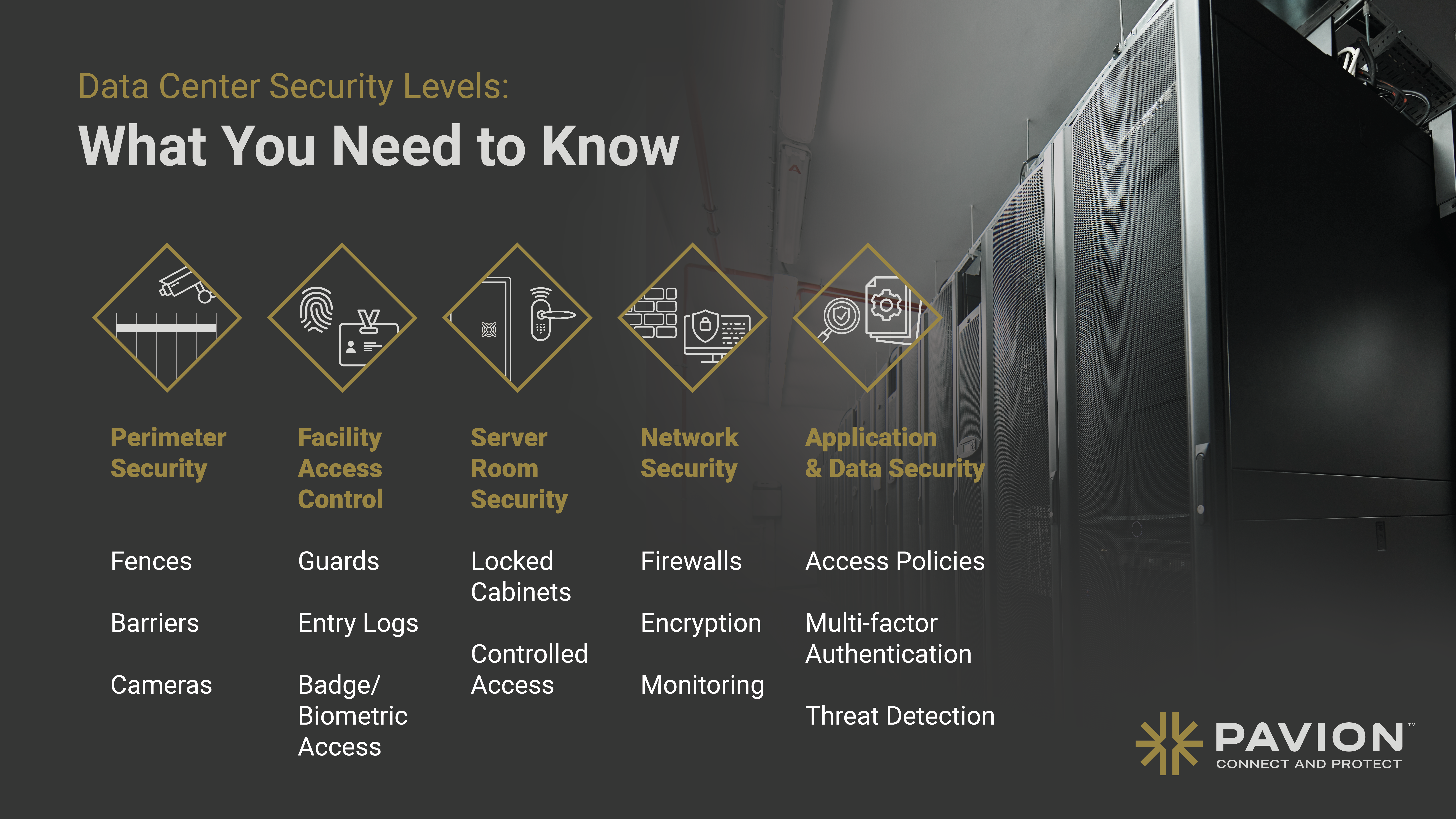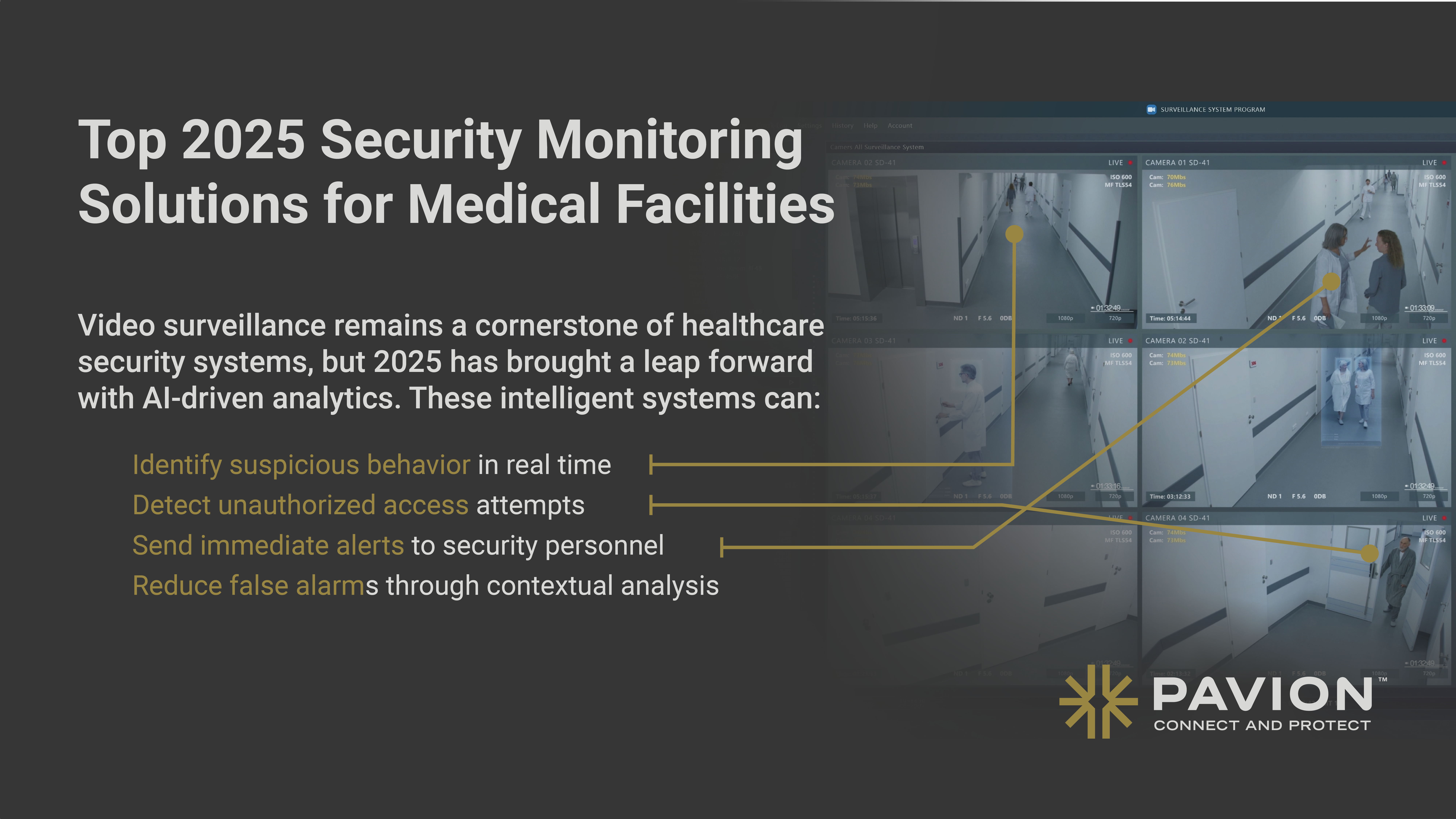
A Guide to Warehouse Store Security Systems
Warehouse store security is a critical aspect of running a successful and efficient business. Warehouses often house valuable goods, making them an attractive target for theft and vandalism. Therefore, it is essential for warehouse owners and managers to invest in robust security systems to protect their assets and ensure the safety of their employees. In this guide, we will explore the importance of warehouse security, the various types of security systems available, factors to consider when choosing a security system, and the implementation process.
Understanding the Importance of Warehouse Security
When it comes to warehouse security, prevention is better than cure. Implementing a comprehensive security system helps minimize the risk of theft, unauthorized access, and other threats. A well-designed security system provides peace of mind to warehouse owners, employees, and customers, as it acts as a deterrent for potential criminals.
However, warehouse security is not just about installing cameras and alarm systems. It requires a deep understanding of the role of security systems in warehouses and the key risks and threats that warehouse stores face.
The Role of Security Systems in Warehouses
Security systems play a crucial role in protecting warehouses. By monitoring activities within the premises, security cameras deter potential thieves and vandals. The presence of visible cameras acts as a psychological barrier, making criminals think twice before attempting any illegal activities.
In addition to surveillance cameras, alarm systems are essential for warehouse security. In the event of a security breach, alarm systems can alert authorities and enable a swift response. These systems are equipped with sensors that detect unauthorized entry or suspicious activities, triggering an immediate response to mitigate any potential threats.
Access control systems are another important component of warehouse security. They restrict entry to authorized personnel, reducing the risk of internal theft and ensuring that only authorized individuals have access to sensitive areas. These systems can be implemented through the use of keycards, biometric scanners, or other advanced technologies to ensure that only those with proper credentials can enter restricted areas.
Key Risks and Threats to Warehouse Stores
Understanding the potential risks and threats is essential when designing a warehouse security system. Warehouse stores face a range of security challenges that can have severe consequences if not addressed properly.
Theft is one of the most common risks that warehouses face. Criminals may target warehouses due to the valuable inventory they hold. Implementing security measures such as surveillance cameras, alarm systems, and access control can significantly reduce the risk of theft and deter potential criminals.
Organized crime is another major threat to warehouse stores. Criminal organizations may attempt to infiltrate warehouses to steal high-value goods or use them as a base for illegal activities. Warehouse owners need to be aware of the signs of organized crime and take appropriate measures to prevent such activities.
Employee misconduct is also a significant concern for warehouse security. Internal theft, unauthorized access, and negligence can all pose serious risks to the warehouse and its operations. Implementing strict access control measures, conducting regular employee training on security protocols, and maintaining a culture of accountability can help mitigate the risk of employee-related security incidents.
Natural disasters, such as fires, floods, or earthquakes, can also pose a threat to warehouse security. Implementing fire suppression systems, flood detection systems, and emergency response plans can help minimize the damage caused by these disasters and ensure the safety of warehouse personnel.
In conclusion, warehouse security is a multifaceted issue that requires a comprehensive approach. By understanding the role of security systems in warehouses and identifying the key risks and threats, warehouse owners can implement appropriate security measures to protect their assets, employees, and customers.
Types of Warehouse Store Security Systems
When it comes to warehouse security, there are various types of systems that can be implemented to ensure the safety of the premises and its contents. In addition to the basic security measures, such as locks and fences, advanced security systems have become increasingly popular in recent years. These systems not only provide real-time monitoring and recording of activities but also offer features that enhance the overall security of the warehouse.
Surveillance Camera Systems
Surveillance camera systems are an integral part of warehouse security. High-definition cameras strategically placed throughout the warehouse provide real-time monitoring and recording of activities. This allows warehouse managers to keep a close eye on the premises and identify any suspicious behavior or potential security breaches.
Advanced camera systems can detect motion and send alerts, allowing for timely intervention. This feature is particularly useful when the warehouse is unattended or during off-hours. In addition, some camera systems are equipped with night vision capabilities, ensuring that surveillance can continue even during low-light conditions. Furthermore, remote access enables warehouse managers to monitor the premises from anywhere, providing them with peace of mind even when they are off-site.
Alarm Systems
Alarm systems are crucial in warehouse security, as they alert both on-site personnel and authorities when a security breach occurs. Modern alarm systems offer numerous features that enhance their effectiveness in detecting and responding to intrusions.
Motion sensors are one of the key components of alarm systems. These sensors can detect any movement within the warehouse and trigger the alarm, immediately notifying the relevant parties. Additionally, glass break detectors are often integrated into alarm systems to detect any attempts to break into the warehouse through windows or glass doors. This ensures that even if the intruder manages to bypass other security measures, the alarm will still be triggered.
Panic buttons are another important feature of alarm systems. These buttons can be strategically placed throughout the warehouse, allowing employees to quickly and discreetly alert authorities in case of an emergency or security threat. This immediate response capability can help prevent potential harm to both personnel and the warehouse itself.
Access Control Systems
Access control systems restrict entry into the warehouse to authorized personnel only. These systems are designed to ensure that individuals without proper clearance cannot enter restricted areas, thus minimizing the risk of theft or unauthorized access to sensitive information or valuable assets.
Keycards are commonly used in access control systems. Each authorized employee is provided with a unique keycard that they must use to gain entry into the warehouse. This not only prevents unauthorized individuals from entering but also creates a digital record of who accessed specific areas and when. In the event of an incident, this information can be invaluable for investigations and identifying potential culprits.
In addition to keycards, biometric scanners are also used in access control systems. These scanners require individuals to provide a unique biometric identifier, such as a fingerprint or iris scan, to gain access. Biometric scanners offer a higher level of security as they are virtually impossible to replicate or forge.
Intercoms are often integrated into access control systems to facilitate communication between employees and security personnel. This allows for quick verification of individuals seeking entry and provides an additional layer of security.
Implementing a combination of surveillance camera systems, alarm systems, and access control systems can significantly enhance the security of a warehouse store. These systems work together to deter potential intruders, detect security breaches in real-time, and provide valuable evidence for investigations. By investing in advanced security systems, warehouse owners can ensure the safety of their premises, protect valuable assets, and provide peace of mind to employees and customers alike.
Factors to Consider When Choosing a Security System
Size and Layout of the Warehouse
When selecting a security system, it is crucial to consider the size and layout of the warehouse. Larger warehouses may require more cameras and sensors to adequately cover all areas. Facilities with multiple entry points may benefit from access control systems that can manage different levels of authorization.
Type of Goods Stored
The type of goods stored in the warehouse will influence the level of security required. Perishable or high-value items may necessitate stricter security measures than less valuable or non-perishable goods. Additionally, hazardous materials may require specialized security systems to prevent accidents or unauthorized access. Also a properly designed and implemented system can help monitor for temperatures in freezers or refrigerators.going too high or too low.
Budget Considerations
At the end of the day, the budget will play a significant role in determining the security system that can be implemented. It is essential to strike a balance between cost and effectiveness. Investing in a high-quality security system may seem expensive initially but can save money in the long run by preventing theft and damage.
Implementing Your Warehouse Security System
Installation Process
Installing a warehouse security system involves careful planning and execution. Working with experienced security system providers will ensure that the installation process goes smoothly. Experts will assess the warehouse’s layout, identify vulnerable areas, and recommend the appropriate security system components. Proper installation and positioning of cameras, sensors, and access control devices are crucial to ensure optimum coverage.
Training Staff on Security Protocols
Once the security system is in place, it is essential to train warehouse employees on security protocols. This includes educating them about the purpose of the system, how to recognize and report suspicious activities, and the correct use of access control devices. Regular security training sessions reinforce the importance of maintaining a secure environment and help employees understand their role in the warehouse’s overall security.
Regular Maintenance and Updates
Maintaining a warehouse security system is an ongoing process. Regular inspections, maintenance, and updates are necessary to ensure that the system functions optimally. This includes cleaning and testing cameras, replacing faulty sensors, and updating software and firmware. Routine maintenance protocols prevent any potential vulnerabilities in the system and allow for early detection and resolution of issues.
In conclusion, a robust warehouse security system is a vital investment for warehouse owners and managers. By understanding the importance of warehouse security, exploring the different types of security systems available, considering various factors when choosing a system, and implementing the security system effectively, warehouse stores can enhance both security and peace of mind. A comprehensive and well-maintained security system will help deter threats, protect assets, and uphold the overall integrity of the warehouse environment.
Secure Your Warehouse with Pavion
Understanding the critical role of security in your warehouse operations is just the first step. Take action to safeguard your assets, employees, and business continuity with Pavion’s expert solutions. Specializing in fire, security, and integration solutions for various industries, Pavion offers a unique blend of technology innovation and radical service. Let us help you transform your warehouse security with a tailored approach that meets your specific needs. Get a Free System Assessment today and connect with a team that’s committed to excellence and your peace of mind.


